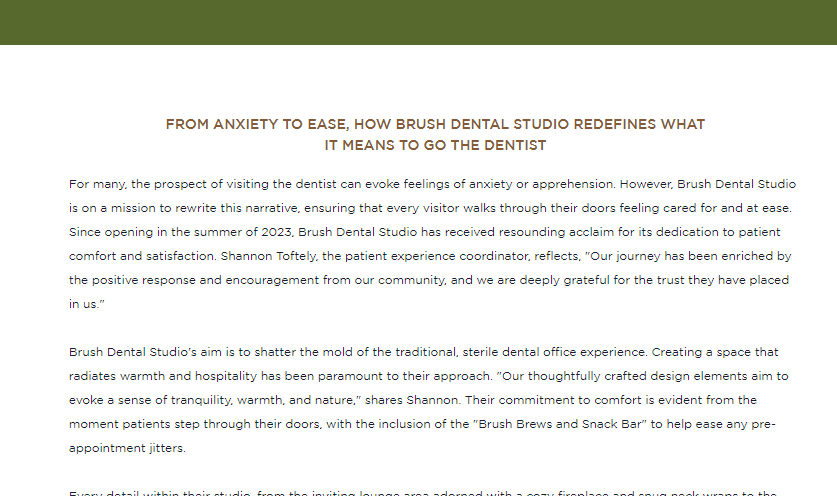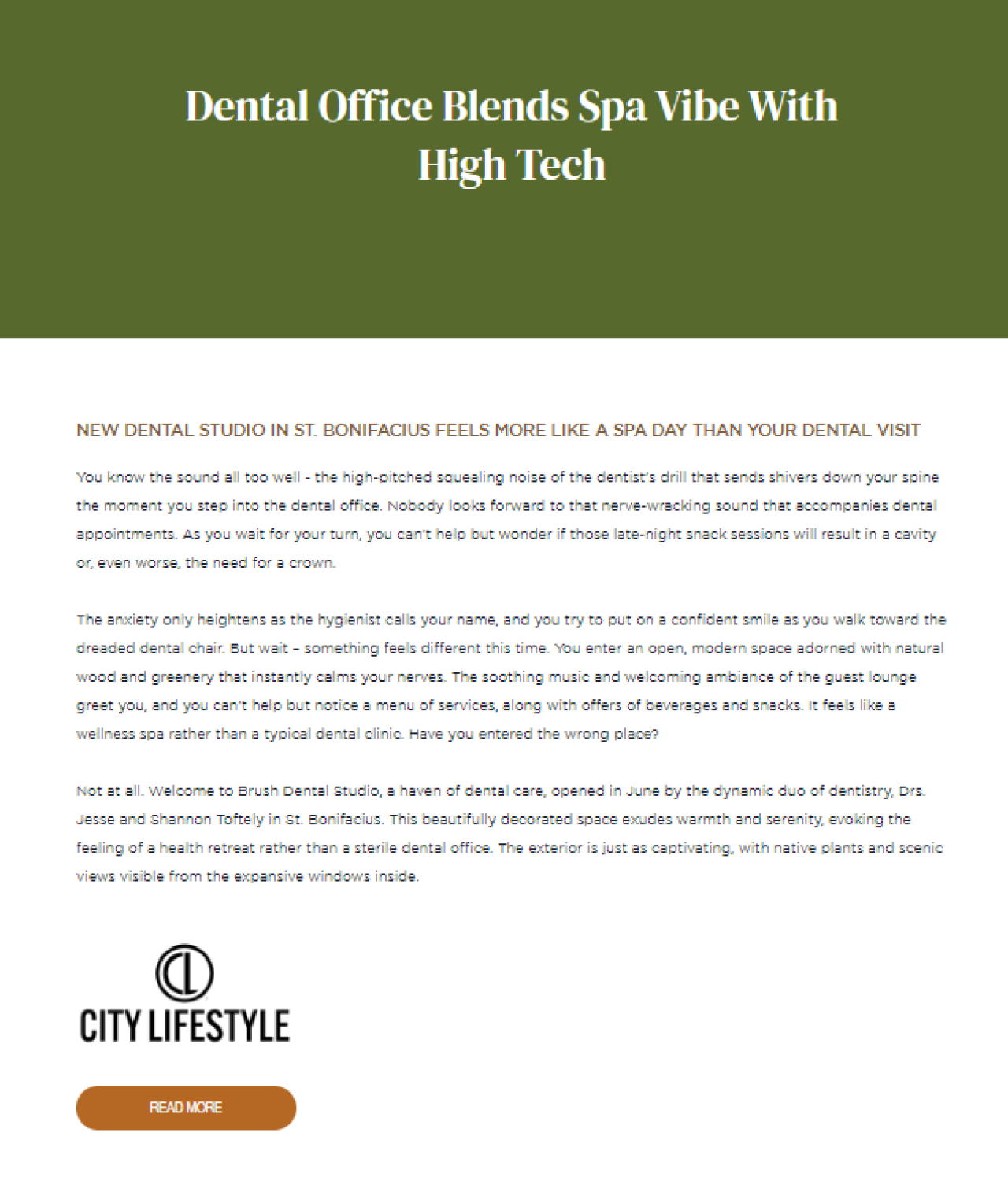Bone Grafting: Restoring Your Smile's Foundation
As a dentist, I may recommend bone grafting to patients who have experienced bone loss in their jaw due to missing teeth or gum disease. Bone grafting involves placing natural or synthetic bone material in the jawbone to stimulate the growth of new bone tissue, improving the strength and density of the bone.
The purpose of bone grafting is to provide a stable base for dental implants or other dental restorations. Dental implants require a strong and stable base for successful placement, and bone grafting can help provide the necessary support for implant placement. Bone grafting can also help improve overall oral health and function, as it can help prevent further bone loss and improve the fit and comfort of dentures and other dental appliances.
The procedure for bone grafting typically involves numbing the area around the graft site and creating a small incision in the gum tissue to access the bone. The graft material is then placed in the bone, and the area is secured with sutures. The healing process may take several months, during which time the graft material will fuse with the existing bone tissue and create a strong and stable base for dental restorations.
One of the primary benefits of bone grafting is its ability to restore lost bone tissue, improving overall oral health and function. It can also provide a more stable base for dental implants and improve the fit and comfort of dental appliances. Bone grafting is a safe and effective procedure with a high success rate, and it can help patients achieve a healthy and functional smile.
Now, let's take a look at some frequently asked questions about bone grafting:
Is bone grafting painful?
The procedure for bone grafting typically involves local anesthesia to numb the area around the graft site, so patients should not experience any pain during the procedure. However, some patients may experience temporary discomfort or sensitivity after the procedure.
How long does it take for a bone graft to heal?
The healing process for a bone graft can take several months, as the graft material must fuse with the existing bone tissue to create a strong and stable base for dental restorations. The timeline may vary depending on individual factors such as the size and location of the graft and the patient's healing time.
What are the risks associated with bone grafting?
While bone grafting is a safe and effective procedure, there are some risks associated with any surgical procedure, such as infection or bleeding. However, these risks are rare and can be minimized with proper care and follow-up with a dental professional.
How long will my dental implant last after a bone graft?
With proper care and maintenance, dental implants can last for many years, with an average lifespan of 10-15 years or longer. The lifespan may vary depending on individual factors such as oral hygiene habits, diet, and the material used for the implant and restoration.
Will my insurance cover the cost of bone grafting?
Many dental insurance plans do not cover the cost of bone grafting, as it is considered a preparatory procedure for dental restorations. However, some plans may cover a portion of the cost, and there are financing options available to help make the procedure more affordable. It is important to check with your dental insurance provider and dental professional to determine your coverage and options for financing the procedure.
Learn More








